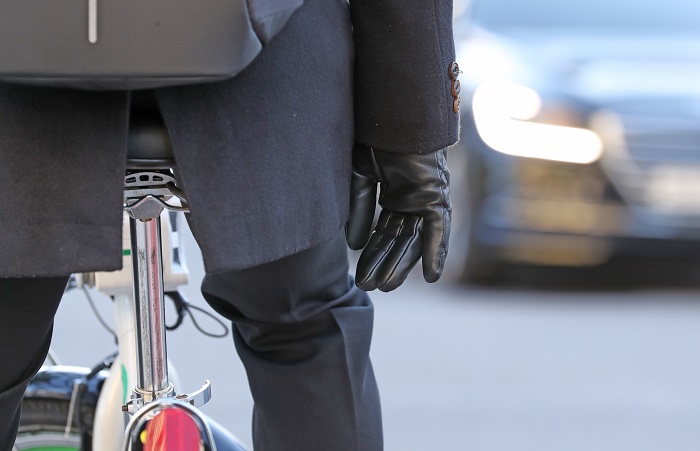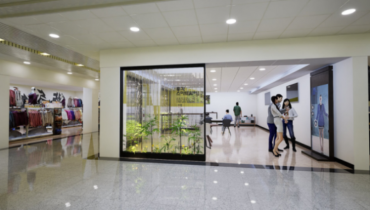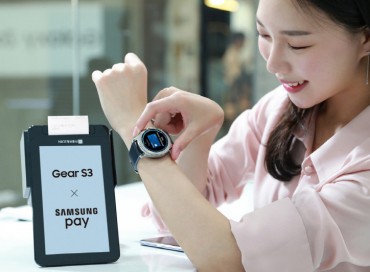
Keeping your hands and feet from the cold and other stressful stimuli is usually enough to cure the phenomenon. (image: Yonhap)
SEOUL, Jan. 28 (Korea Bizwire) — If the tips of your fingers and toes are turning blue, giving you a cold and tingling sensation, you may be suffering from Raynaud’s phenomenon.
Experts advise those experiencing the phenomenon to keep fingers and toes warm, and visit a local hospital when the symptoms worsen.
The phenomenon occurs when blood vessels located at the tips of the fingers and toes contract when they are exposed to the cold or stress.
It particularly involves sympathetic nerves overreacting to outside stimuli such as the cold, which force the blood vessels to shrink.
In the initial stages of the phenomenon, fingertips or toe-tips turn white as the sensory nerves weaken. Problems in blood circulation follow soon after, turning the skin blue.
Although this is the most representative case of Raynaud’s phenomenon, not all patients go through the same symptoms.
Those who persistently experience pain or numbing sensation in their hands and feet for more than five minutes after exposure to winter cold or other stressful stimuli may be suffering from Raynaud’s phenomenon.
Primary Raynaud’s phenomenon comes without a particular causal illness, while secondary phenomenon does.
In most cases, both hands and feet suffer pain. For individuals over the age of 40 experiencing similar symptoms on only one side of the body, it is strongly advised to visit a hospital since these types of symptoms can be caused by a different illness.
Keeping your hands and feet from the cold and other stressful stimuli is usually enough to cure the phenomenon.
If left over an extended period of time, however, peripheral tissues may die, and require treatment at the hospital.
“When going outdoors, it is recommended to wear multiple layers of clothes that do not restrict the body,” said Professor Ju Ji-hyeon from the Catholic University of Korea Seoul St. Mary’s Hospital.
“If keeping yourself warm doesn’t work, medication provided by the hospital will cure the symptoms.”
H. M. Kang (hmkang@koreabizwire.com)






